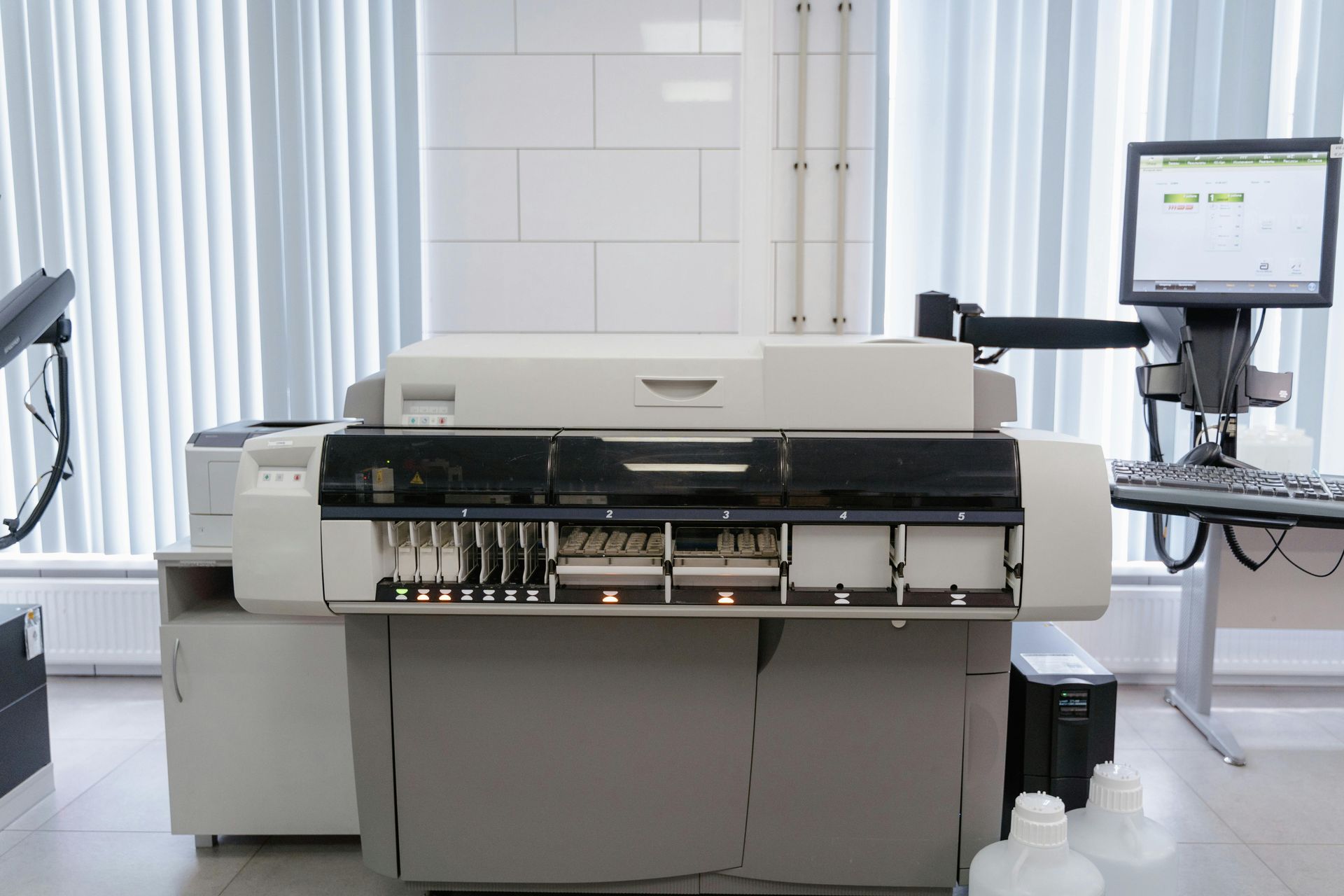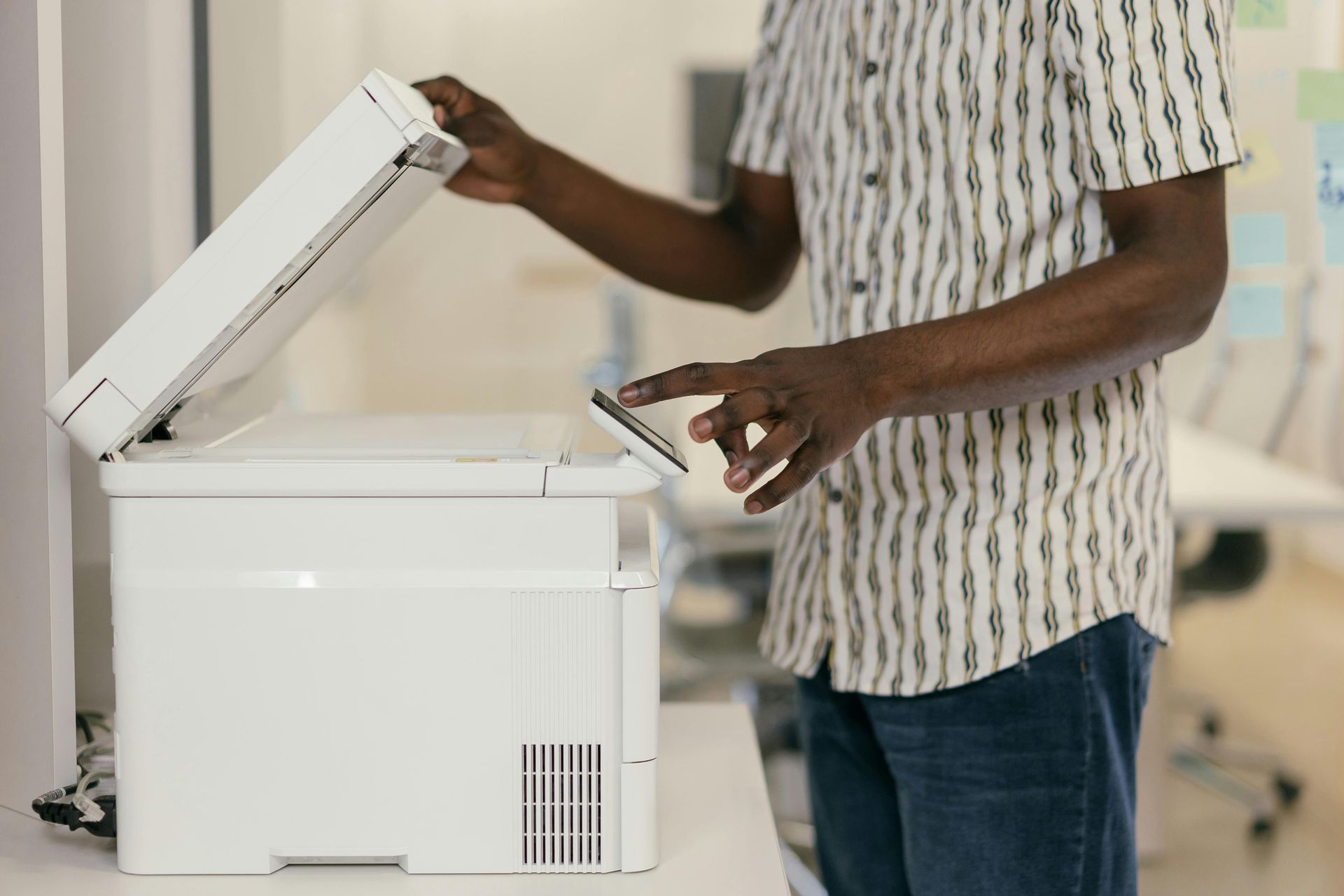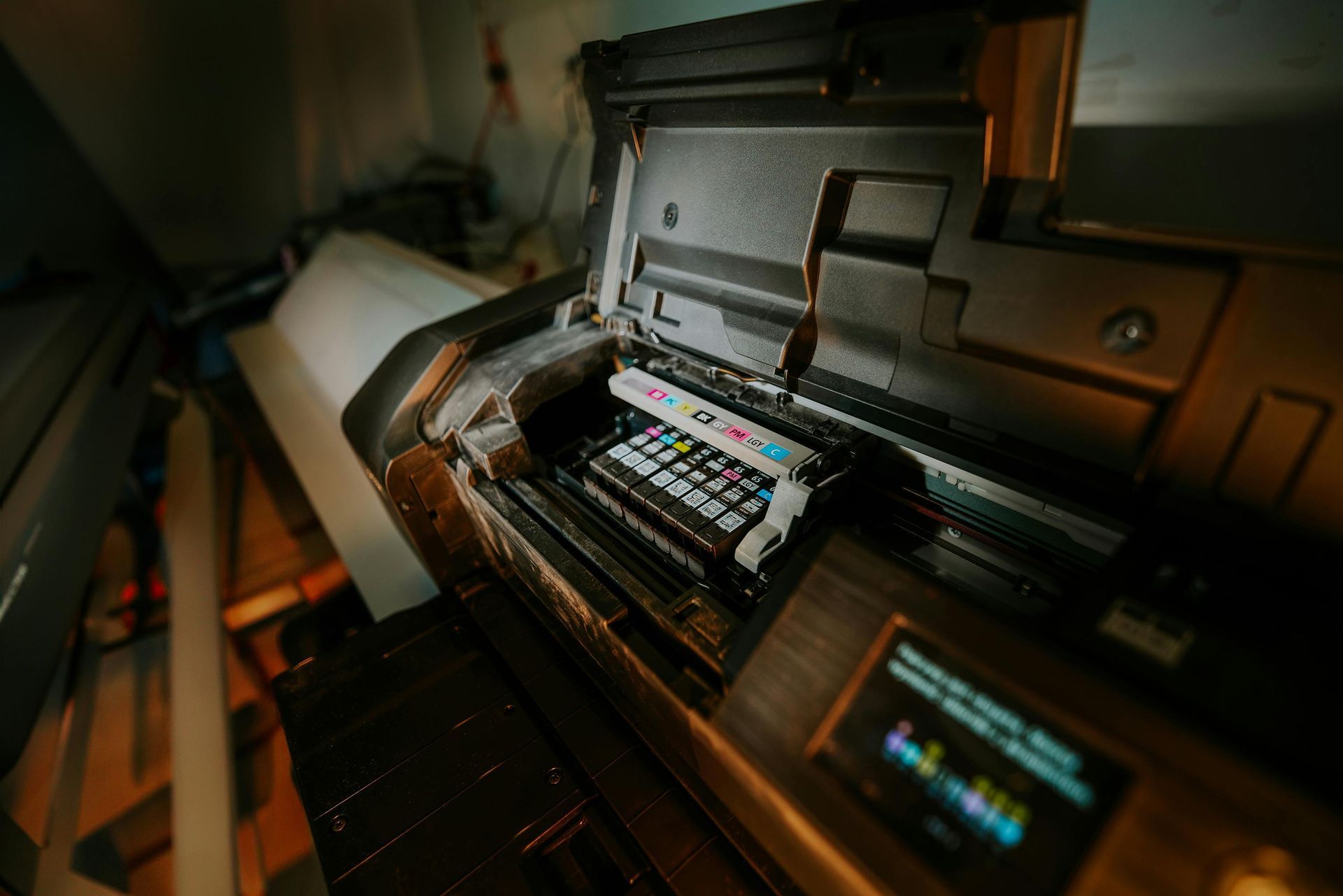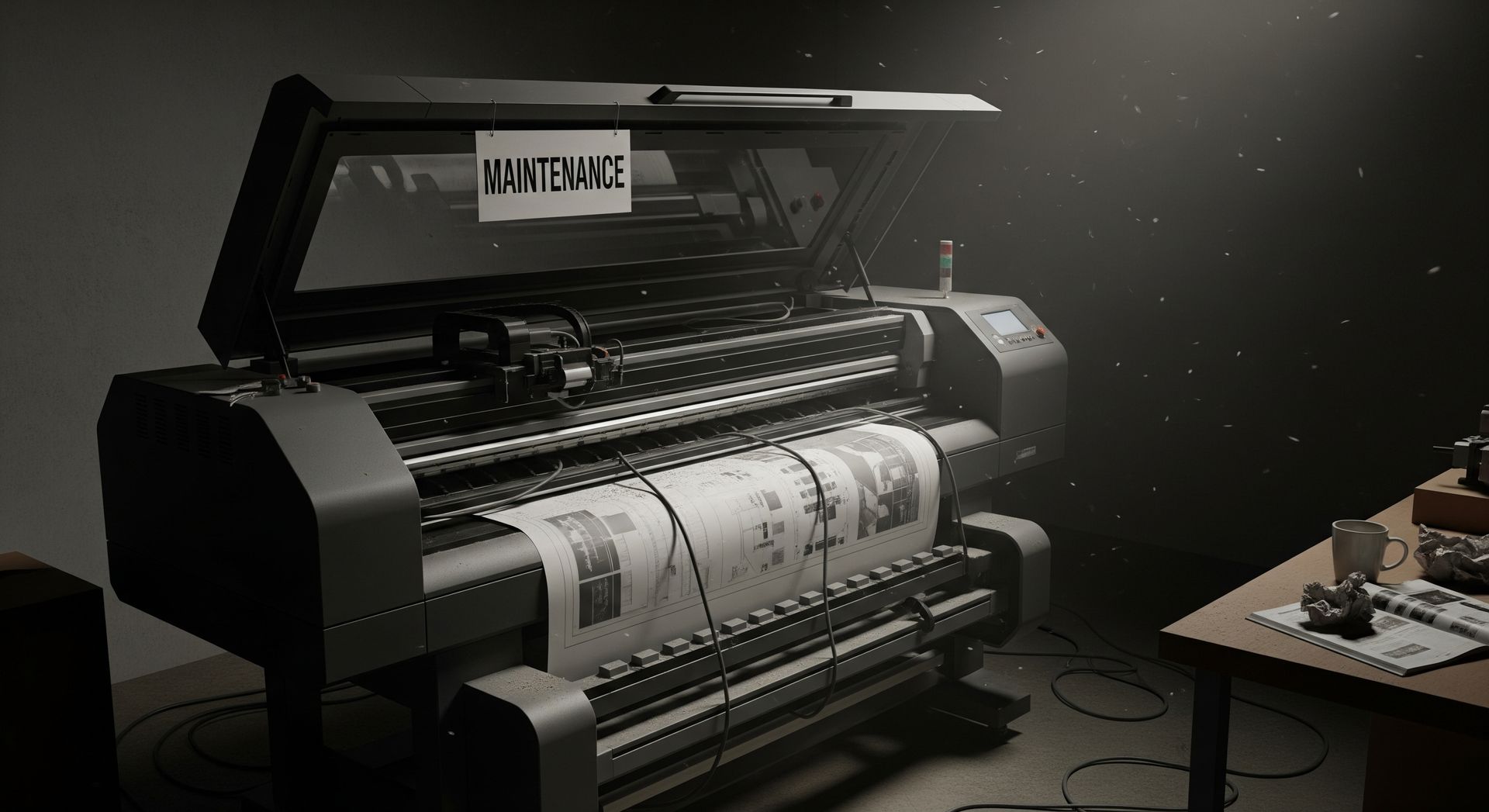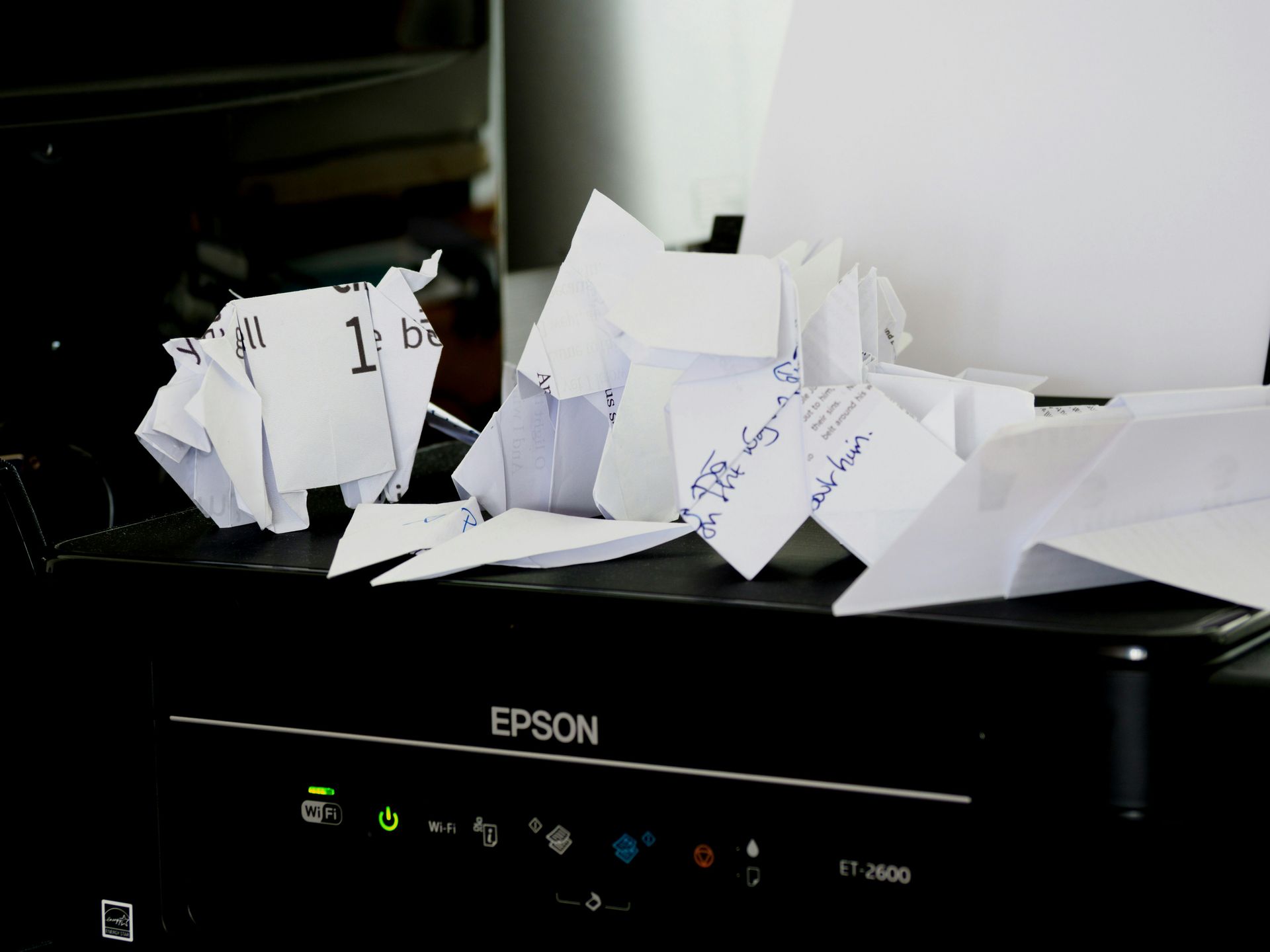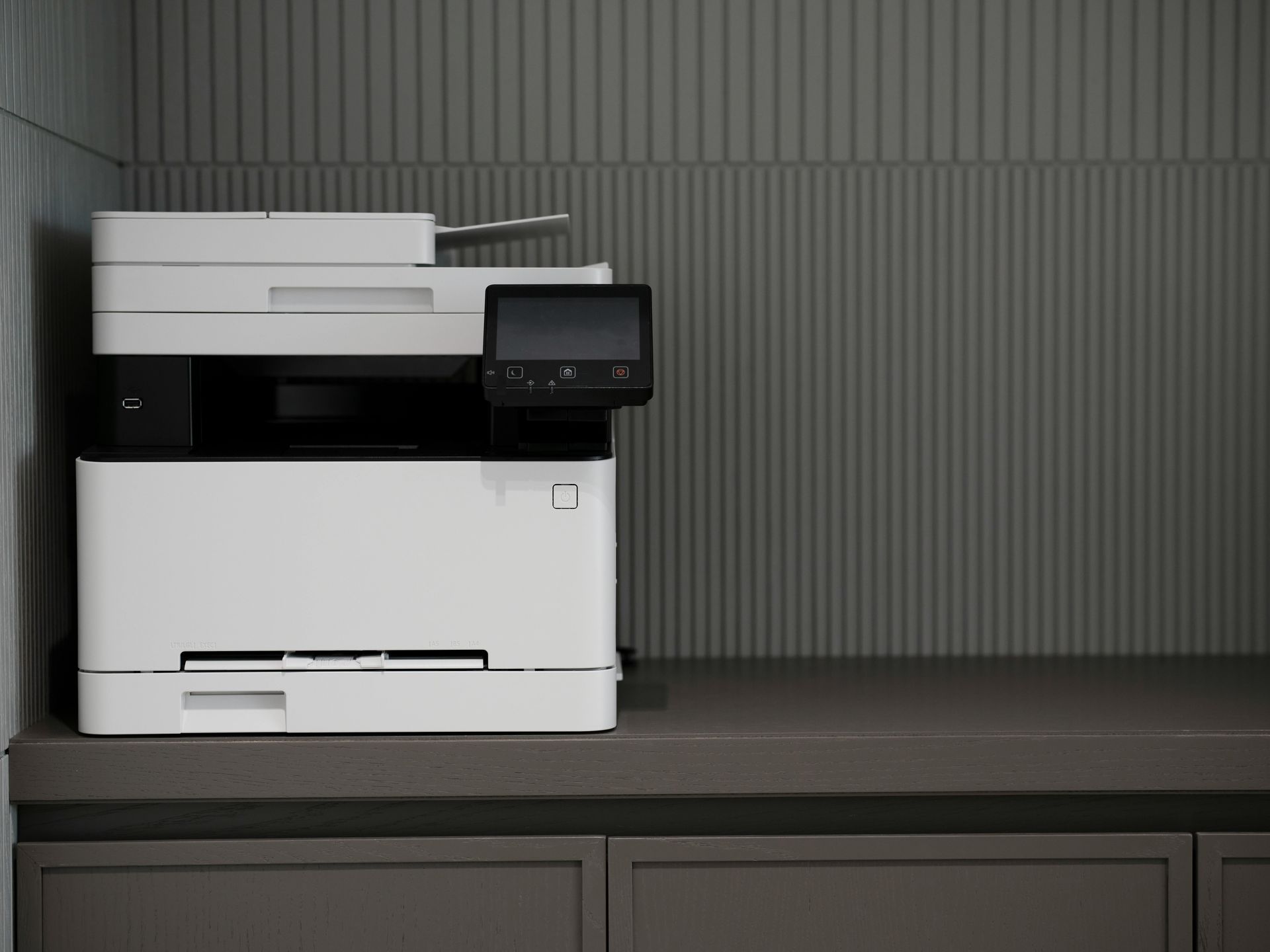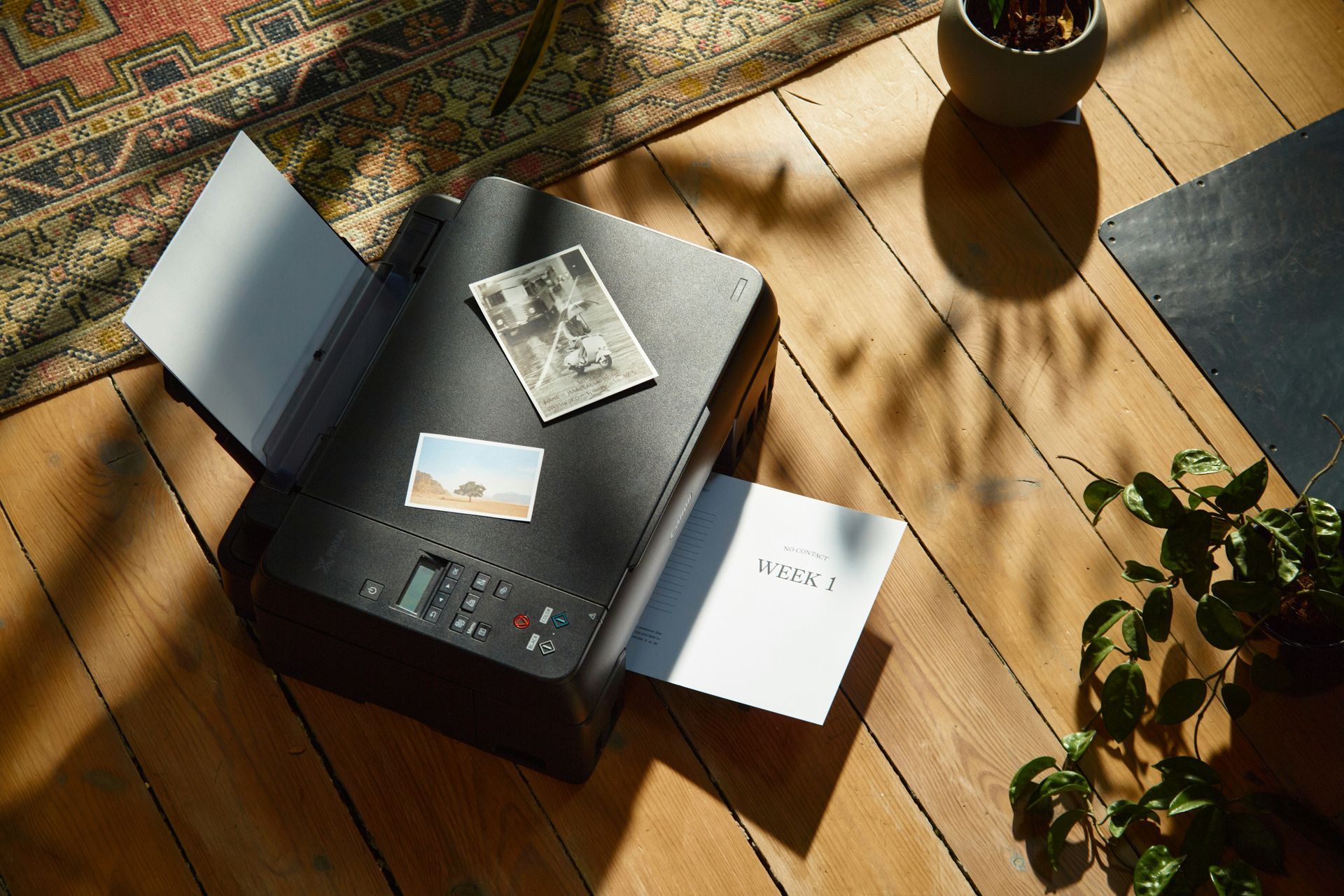The Ultimate Guide to Choosing the Right Office Copier
Having the right office copier can make or break your daily operations. Whether you're running a small business, managing a growing team, or overseeing a busy corporate office, a copier isn't just about making duplicates anymore. Modern office copiers offer a wide range of functions including printing, scanning, faxing, and even cloud integration.
Choosing the wrong copier can lead to constant repairs, high supply costs, and lost productivity. On the flip side, selecting the right machine can streamline workflows, cut down on costs, and keep your team running efficiently. But with so many options available, how do you make the right choice?
This guide breaks down everything you need to know before investing in an office copier. From print volume and features to lease options and maintenance tips, we’ll help you find the perfect repair service for your business needs.
Key Takeaways
- Know your monthly print volume to choose a copier that matches your office's workload.
- Consider all-in-one copiers if you need printing, scanning, and faxing from a single machine.
- Choose between inkjet and laser technology based on your print quality and speed needs.
- Think long-term by factoring in maintenance, toner, and energy costs.
- Leasing can offer cost flexibility, especially for growing businesses.
- Look for copiers with secure printing features if data protection is a priority.
Understanding Your Office Needs
Before browsing specs and brands, start by evaluating your office’s workflow. Think about how often you print, scan, or copy documents. Do you need color printing or is black and white sufficient? Are your employees sharing one machine or do different departments need their own?
Questions to Ask:
- How many pages do we print and copy each month?
- Do we require color printing or just black and white?
- What paper sizes and types do we use regularly?
- How many people will share the copier?
- Do we need cloud or mobile printing features?
Once you understand your office's requirements, you'll be in a better position to choose a machine that matches your workload and priorities.
Types of Office Copiers
Multifunction Copiers (MFPs)
Also known as all-in-one printers, Multifunction Copiers (MFPs) combine printing, copying, scanning, and faxing into a single device. They’re ideal for offices looking to consolidate equipment.
Best for: Small to medium-sized businesses needing space-saving and cost-effective solutions.
Desktop Copiers
These are compact machines meant for individual use or small teams. They typically handle lower volumes and are ideal for home offices or workgroups with light printing needs.
Best for: Offices with limited space or low print volumes.
High-Volume Production Copiers
Designed for enterprise environments or in-house print departments, these machines handle tens of thousands of pages per month with fast speeds and advanced finishing features like stapling or booklet making.
Best for: Large organizations or businesses with heavy daily printing.
Inkjet vs Laser Copiers
Choosing between inkjet and laser technology depends on your print needs and budget.
Inkjet Copiers
- Pros: Lower upfront cost, great for color images and photos.
- Cons: Slower print speeds, higher cost per page, ink can smudge.
Best for: Small offices that print in color occasionally and have lower volume needs.
Laser Copiers
- Pros: Fast print speeds, crisp text quality, lower cost per page over time.
- Cons: Higher upfront cost, especially for color models.
Best for: Offices with high-volume black and white printing or consistent daily use.
Key Features to Consider
When choosing a copier for service repairs, it’s not just about printing. Look for features that improve workflow and security.
Print Speed
Measured in pages per minute (PPM), print speed is crucial if you regularly print large batches. A small office may only need 25 to 30 PPM, while high-volume offices may need 50+ PPM.
Paper Capacity
If your copier or plotter constantly runs out of paper, productivity takes a hit. Choose a model with enough paper trays to match your volume. Look for options that support multiple sizes and media types.
Scanning Capabilities
Features like duplex scanning (scanning both sides of a page at once), OCR (optical character recognition), and scan-to-email functions are great for digitizing documents efficiently.
Connectivity
Modern offices need wireless and mobile printing. Look for machines with Wi-Fi, Bluetooth, and support for Google Cloud Print or Apple AirPrint. USB ports are also useful for direct printing from thumb drives.
Security Features
Protecting sensitive information is a must. Choose a copier with user authentication, secure print release, and hard drive encryption if your business handles confidential data.
Finishing Options
For businesses that need presentation-ready documents, features like automatic stapling, hole-punching, and booklet making can save time and reduce outsourcing costs.
Leasing vs Buying
Buying
- Pros: Long-term cost savings, full ownership, no monthly payments.
- Cons: Large upfront cost, you’re responsible for maintenance and upgrades.
Best for: Businesses with stable needs and the capital to invest.
Leasing
- Pros: Lower upfront cost, includes maintenance, allows easy upgrades.
- Cons: Higher long-term cost, contractual obligations.
Best for: Growing businesses that need flexibility or want the latest technology.
Total Cost of Ownership (TCO)
When budgeting, consider more than just the purchase price. TCO includes:
- Ink or toner refills
- Paper and media costs
- Maintenance and repair fees
- Energy consumption
- Supply delivery charges
Calculate these recurring costs to avoid surprises later. A cheaper copier with high supply costs may be more expensive in the long run than a pricier model with efficient toner usage.
Green and Energy-Efficient Copiers
Choosing an Energy Star certified copier can help reduce power consumption and lower operating costs. Some copiers also offer eco-friendly features like:
- Duplex (double-sided) printing
- Energy-saving sleep modes
- Toner-saving settings
- Recyclable toner cartridges
Frequently Asked Questions
How do I know what print volume my office needs?
Track your print usage over a month or two. Most copiers have counters that show pages printed. Use this data to estimate monthly volume and choose a machine that can handle at least 20 percent more than your average.
Is it better to lease or buy an office copier?
It depends on your business. Leasing is ideal for startups or growing businesses that want flexibility and support. Buying is better for established businesses that can afford the upfront cost and want to save over time.
How long should an office copier last?
With proper maintenance, a good office copier can last 5 to 7 years. High-volume machines may require more frequent servicing or upgrades.
Do I need a color copier?
If you only print internal documents or simple forms, a black and white copier is more cost-effective. If you print brochures, marketing materials, or client-facing documents, color is essential.
What’s the difference between an MFP and a regular copier?
An MFP (multifunction printer) combines printing, scanning, copying, and faxing. A traditional copier may only offer copying and printing. MFPs are more versatile and are now the standard for most offices.
Final Thoughts
Choosing the right office copier involves more than comparing prices or picking a familiar brand. It’s about understanding your workflow, predicting future needs, and investing in a machine that will support your team without constant hiccups. By considering print volume, essential features, cost of ownership, and support options, you’ll be better equipped to choose a copier that improves productivity, reduces costs, and keeps your office running smoothly. Take your time to research, request demos, and speak to vendors about your specific needs.
The right copier will not only meet your printing demands but will also become a reliable part of your daily operations for years to come. Feel free to
contact a professional today for further guidance on how to choose the right copier.

